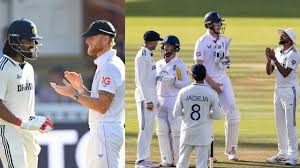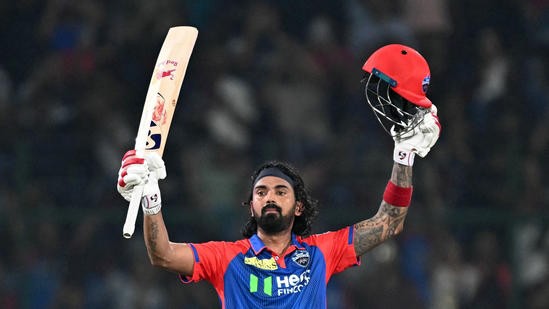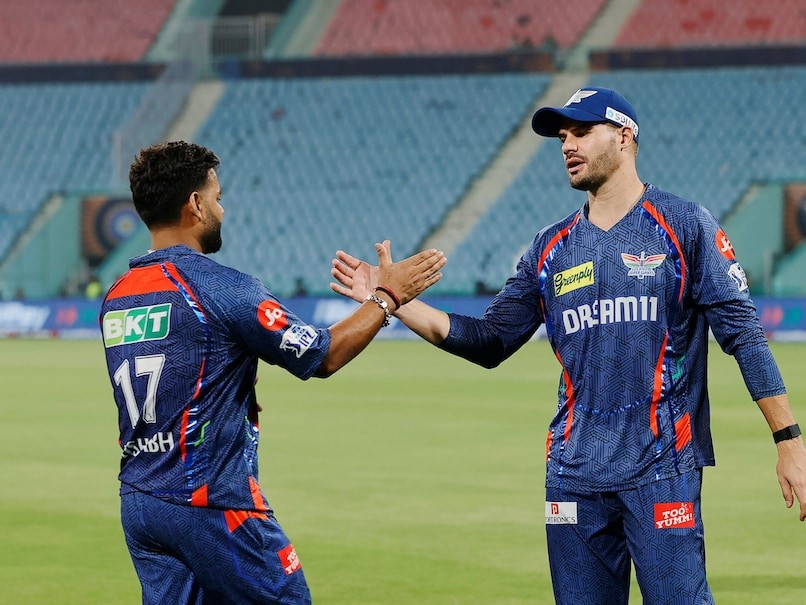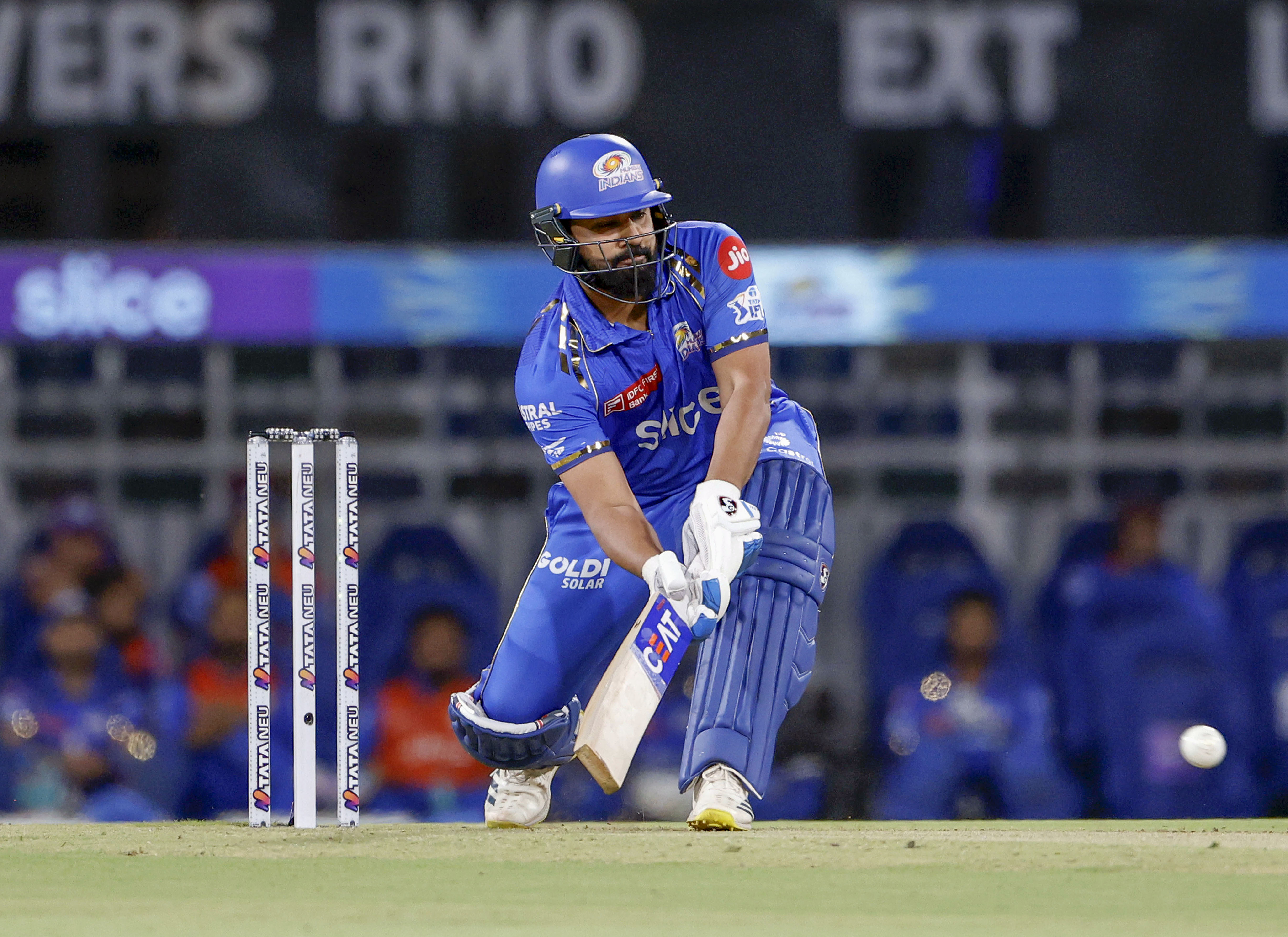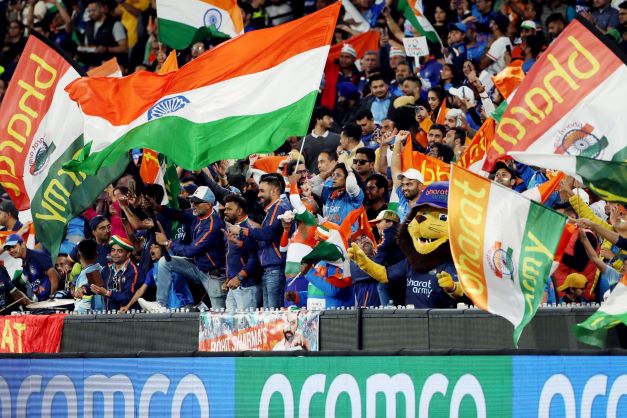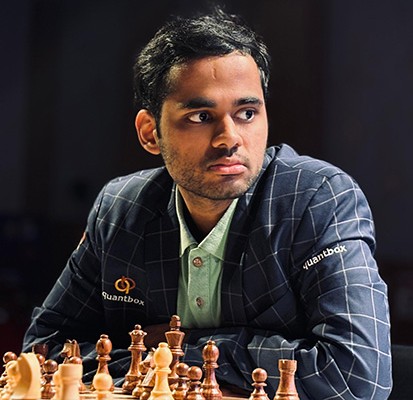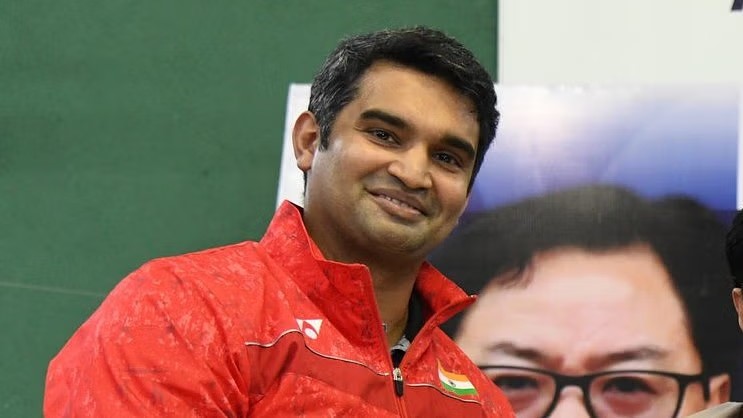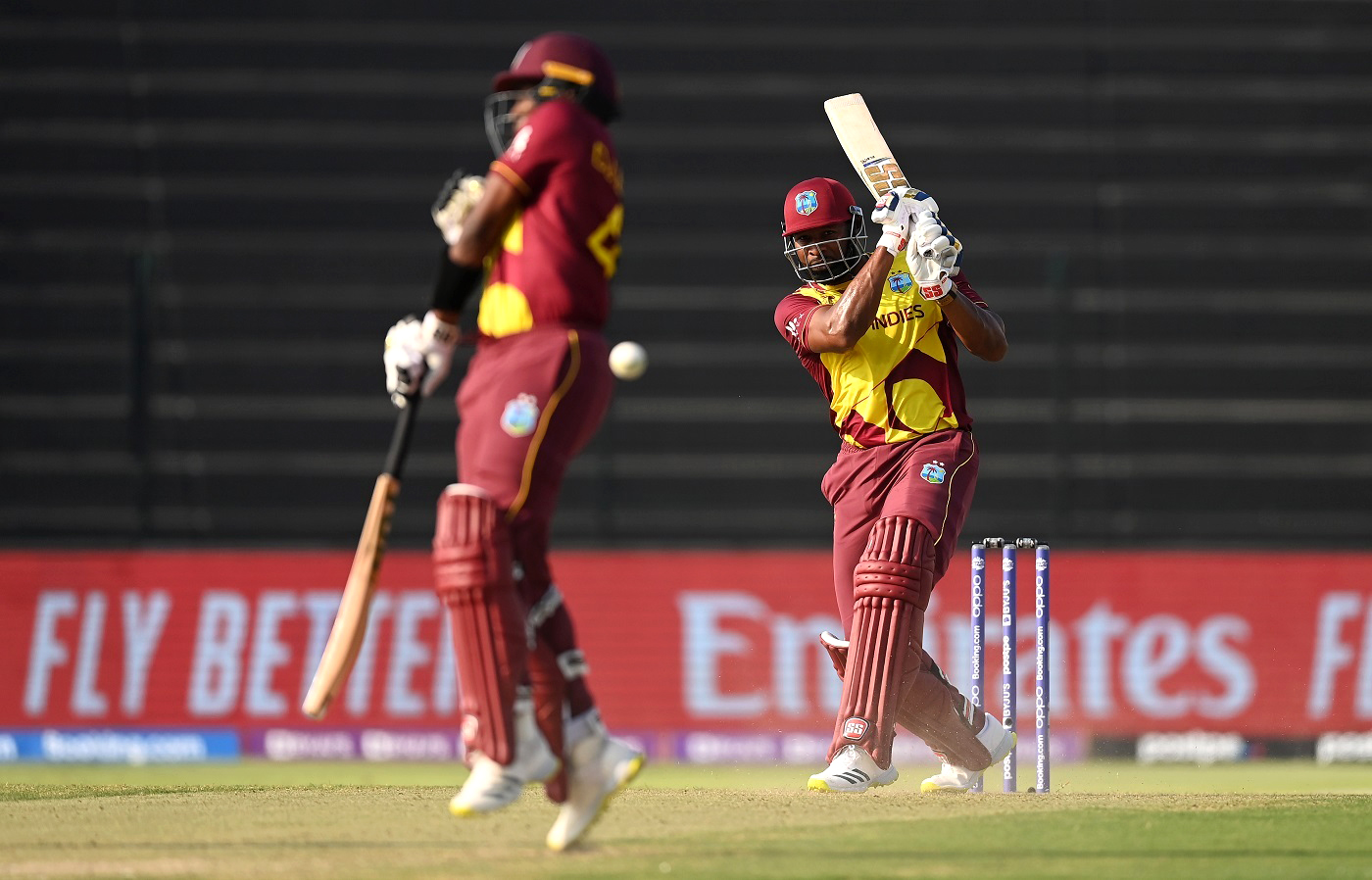While the 3-1 scoreline might seem decisive, it doesn’t fully capture the high quality and competitiveness of the Border-Gavaskar Trophy series Down Under
Archan Mehta
Melbourne

Witnessing legends unfold before our very eyes, amidst the thunderous roar of a capacity crowd at the Melbourne Cricket Ground, is an unparalleled privilege. I was fortunate to be a part of this timeless drama. The 2024 Boxing Day Test between Australia and India at the MCG set a new Australian Test attendance record, with 373,691 fans over five days (December 26-30), surpassing the previous record of 350,534 from a six-day Test in 1937.
Daily crowds peaked on Day 1 at 87,242 despite 40°C heat, underscoring the immense draw of India-Australia contests, now rivaling the historic Ashes in excitement and fan engagement. While the world record for Test match attendance belongs to the opening match of the 1999 Asian Test Championship at Eden Gardens, Kolkata, where Pakistan defeated India by 46 runs in front of an unprecedented crowd of 465,000 over five days, the MCG’s record-breaking attendance highlights the enduring popularity of Test cricket in Australia.
India’s cautious approach in the first innings, while understandable given the conditions, proved counterproductive as they struggled to chase the target. The Jaiswal dismissal ignited a debate about the reliability of DRS technology, with questions arising over the use of snicko in marginal decisions. Meanwhile, Australia’s bowling attack, spearheaded by Pat Cummins and Mitchell Starc, relentlessly applied pressure, extracting movement and capitalizing on India’s tentative batting. This clinical performance was a testament to Australia’s superior planning and execution under pressure.

The match itself was a testament to the drama and excitement that Test cricket offers. After a heavy defeat in Perth, Australia bounced back with a dominant performance led by Pat Cummins, who excelled with both bat and ball, earning the Player of the Match award. Scott Boland, the local favorite, made a critical impact by dismantling the Indian lower order. Australia ultimately won the series 2-1.
The 5th and final Sydney Test started with a fiery exchange between Konstas and Bumrah, injecting an extra dose of drama into the proceedings. This incident, coupled with the competitive nature of the series and the high-quality cricket on display, further heightened the excitement. Rohit Sharma, struggling with poor form throughout the Australia tour, “chose to rest” for the final Test in Sydney, with Jasprit Bumrah assuming captaincy. Rohit’s average for the series was a dismal 6.2, and his overall form in recent Tests has been concerning. Notably, Virat Kohli, a prominent figure in the series, became the subject of a running meme, highlighting the contrast between a boomerang and a ball bowled outside off-stump to him.
Bumrah, who had bowled a mammoth 152.1 overs in the series with 32 wickets at an exceptional 13.06 average, had to undergo scans as the medical team monitored his condition of back spasms. He was unable to bowl after lunch on day 2, leaving a gaping hole for other Indian bowlers to fill. This injury is particularly worrying given Bumrah’s history of a stress fracture in 2022, which sidelined him for a year. His fitness will be critical for India, not just in this crucial match but also in ensuring long-term sustainability in a packed cricketing calendar.

Scott Boland was the player of the match, with 6 for 45 in the second innings and 4 for 31 in the first. Debutant Beau Webster also contributed significantly, scoring his maiden 50. These performances helped Australia secure a 3-1 series victory. Steve Smith, just one run short of 10,000 Test runs, will have to wait until the first Test against Sri Lanka in Galle later this month for his next opportunity to achieve this milestone.
For India, the key takeaways from this series include the outstanding performance of Jasprit Bumrah, who was undoubtedly the best player of the series. Youngsters like Yashasvi Jaiswal and Nitish Kumar Reddy showed great promise with their resilience and grit. While the 3-1 scoreline might seem decisive, it doesn’t fully capture the high quality and competitiveness of the series. As the great Sachin Tendulkar aptly observed, Test cricket is not dying; if anything, it is thriving because true cricket fans value the battle between bat and ball over five days. There’s no better spectacle.
Archan Mehta is a writer dedicated to telling compelling stories about athletes, teams, and the world of cricket

















